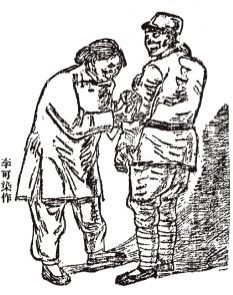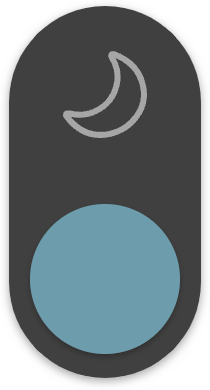
On April 27, 1939, Ta Kung Pao published Li Keran's "Soldiers are Civilians, Civilians are Soldiers, Army-Civilian Cooperation to Defeat the Enemy". The print shows an older woman mending a soldier's uniform — a quiet but profound symbol of unity between army and people in the war of resistance.
During the War of Resistance against Japanese Aggression, many artists used Ta Kung Pao as a creative platform, expressing the grand narrative of the national struggle through various visual forms such as traditional Chinese painting, printmaking, and political cartoons. Among these, woodcut prints emerged as the most widely adopted and collectively supported medium.
Artists such as Li Qun, Ma Da, Qin Wei, Lu Hongji, Duan Ganqing, Feng Zhongtie, Zhang Hui, and Shang Mozong wielded their carving knives as weapons. With sharp lines and bold strokes, they vividly depicted the courage and defiance of Chinese soldiers and civilians, exposed the brutality and savagery of the Japanese invaders, and carved indelible marks into the memory of history.




















Comment